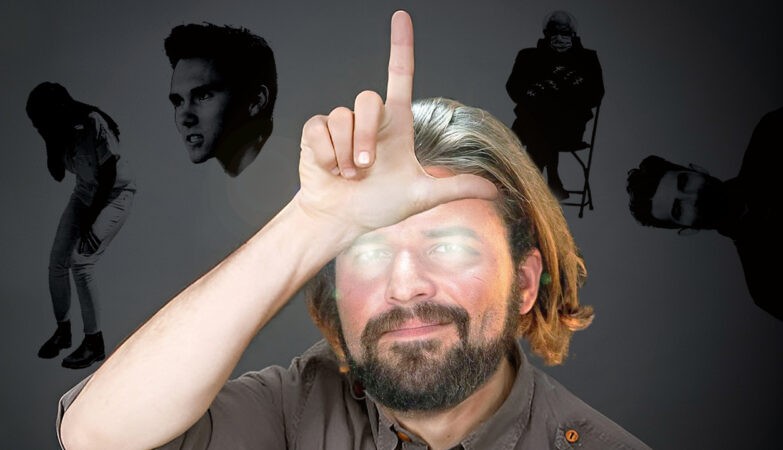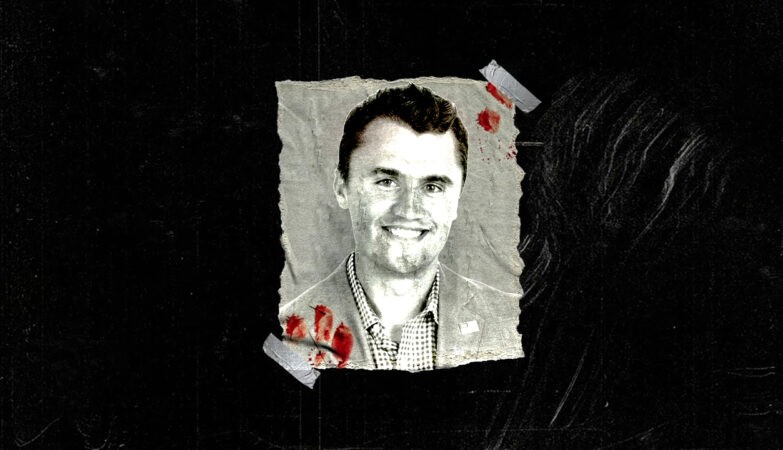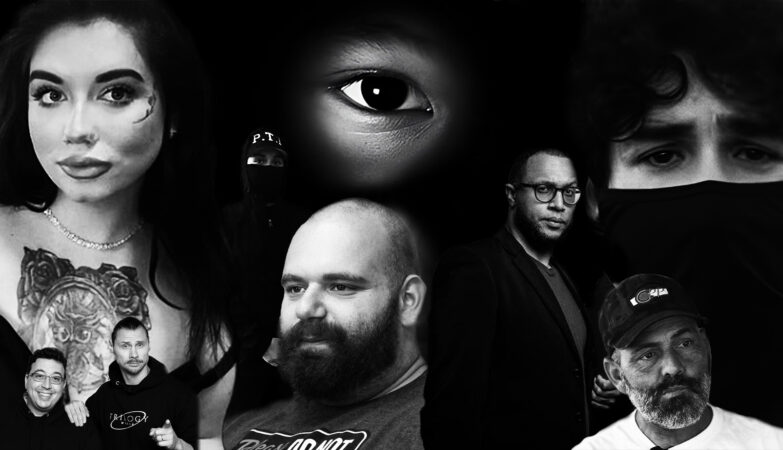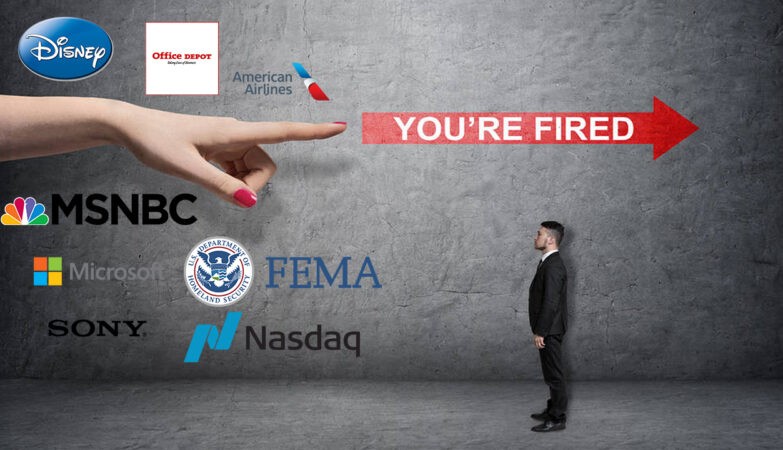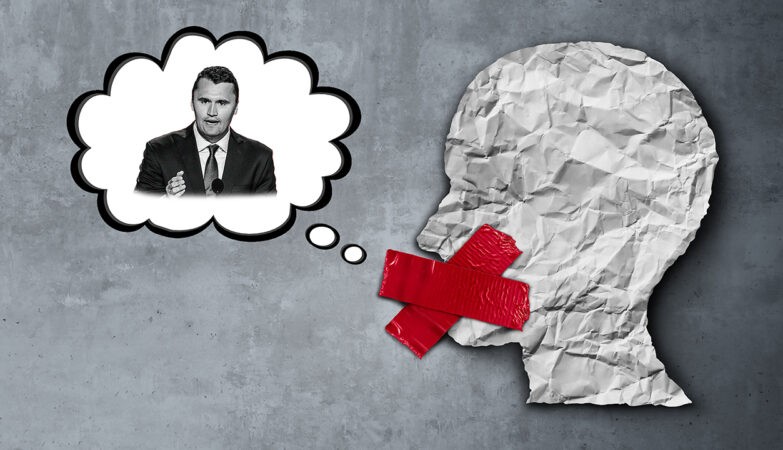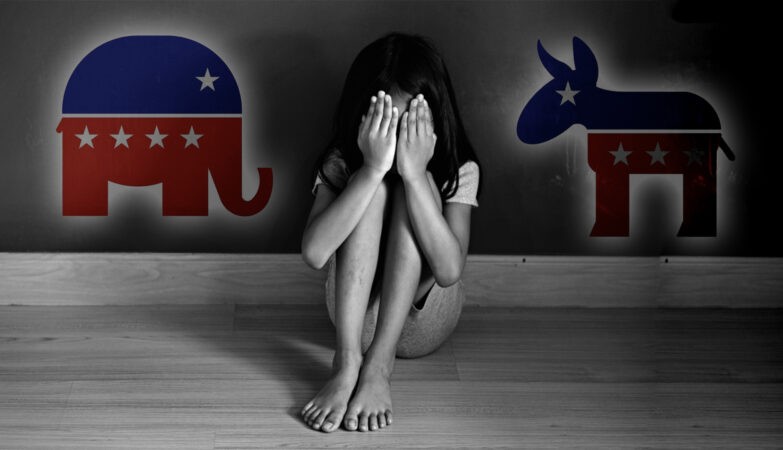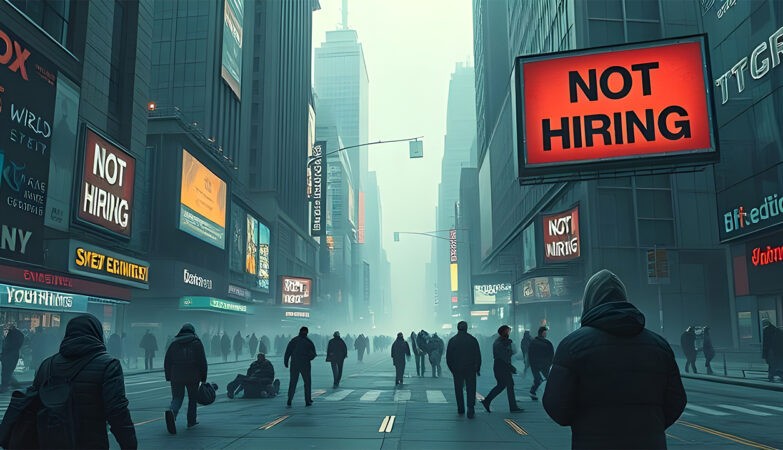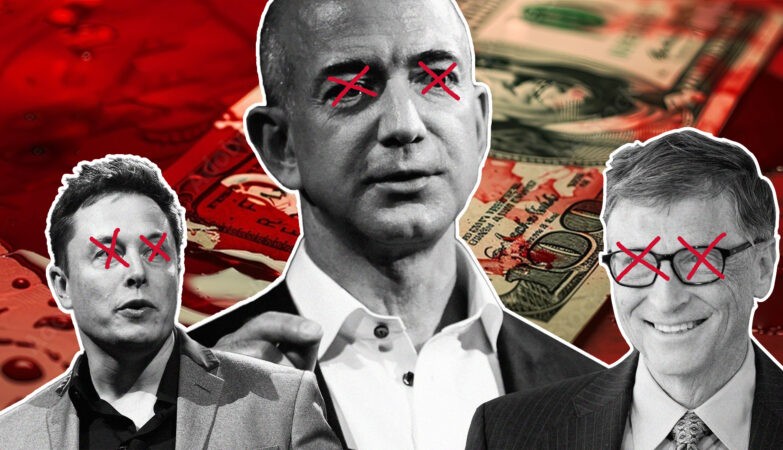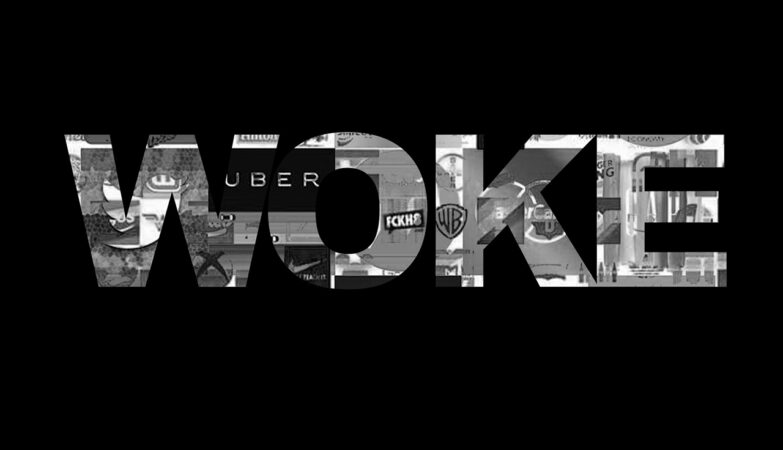Roughly half of all Americans experience some level of loneliness, and about one-third of people are severely lonely, surveys find. In a new report on the topic, U.S. Surgeon General Vivek Murthy slapped a warning label on loneliness, calling it a health-destroying and deadly epidemic as bad as smoking cigarettes.
“People began to tell me they felt isolated, invisible, and insignificant,” Murthy writes in the new 81-page report, which cites dozens of studies on the topic. “Even when they couldn’t put their finger on the word ‘lonely,’ time and time again, people of all ages and socioeconomic backgrounds, from every corner of the country, would tell me, ‘I have to shoulder all of life’s burdens by myself,’ or ‘if I disappear tomorrow, no one will even notice.’”
While loneliness is real, it’s important to understand that the feeling of loneliness is different than the state of being alone at times — many people crave some solitude, for example. True loneliness involves not just our reality but our perceptions of it — what we expect from others versus what we get, and how we’re affected by isolation.
The loneliness epidemic is now recognized as a public health emergency. Humans are wired for belonging—when we lose it, our brains interpret the loss as a threat. This activates the same survival networks that respond to physical danger: elevated cortisol, chronic inflammation, and altered immune signaling that accelerate aging and disease.
While loneliness among seniors is and remains a big problem, the emerging crisis is loneliness among younger people.
Here are a few stats that give you an idea of how lonely young people are;
- 22% of Millennials say they don’t have a single friend.
- Only 25% of teens say that they spend time with friends in person every day (a pre-pandemic number.)
- Roughly the same number, 23%, say they spend time with their friends on social media every day.
- 30% of Millennials say they always or often feel lonely. Compared to only 20% of Gen-X and 15% of baby boomers.
The Toll On Our Health
How Loneliness Impacts Inflammation and Hormones
Isolation dysregulates the hypothalamic–pituitary–adrenal (HPA) axis, flooding the body with stress hormones. Over time, inflammatory markers such as C-reactive protein (CRP) and interleukin-6 (IL-6) rise, increasing risk for heart disease, dementia, and metabolic dysfunction.
Why Women Face Greater Health Risks from Isolation
Women’s biology intensifies the effects of the loneliness epidemic. During perimenopause and menopause, declining estrogen and oxytocin weaken the hormonal systems that regulate empathy and stress. As a result, social disconnection can amplify symptoms of anxiety, insomnia, and low mood—further reducing motivation to reconnect.
The Role of Social Media in the Empathy Crisis
Dr. Ben Rein, a neuroscientist from the SUNY Buffalo State University comprised the “virtual disengagement hypothesis”: that online interaction bypasses the brain’s mirror-neuron system, blunting empathy. The more time we spend scrolling, the less our brains activate emotional understanding—creating a cycle of detachment even amid constant “connection.”
The Biology of Connection
Oxytocin, the “bonding hormone,” lowers blood pressure, reduces inflammation, and triggers calm. Face-to-face interaction, physical touch, and laughter stimulate oxytocin release, activating the brain’s reward circuitry. Real relationships are medicine—scientifically proven to extend life and improve emotional regulation.
Whose Fault Is It?
Unfortunately, there are many factors contributing to loneliness on such a massive scale, although here are some causes.
Modern life causes loneliness in multiple ways, not the least of which is the tendency to move often and scatter far and wide.
Political divisions have pushed friends and whole families apart.
Social media, though originally created to bring people together, is also clearly doing the opposite.
Lastly, a poor economy means that people must work more and spend less. No time or money for fun nights out at bars and restaurants. No time or money for recreational activities like bowling, skiing, or playing ball at the local basketball court. No time or money for entertainment venues such as concerts or comedy clubs.
These three factors alone have substantially impacted the social fabric of our modern western societies and until they are resolved, I think it is pretty obvious that mental health will continue to deteriorate.
- https://medium.com/wise-well/an-epidemic-of-loneliness-killing-us-bd6067b8005c
- https://drbrighten.com/podcasts/loneliness-epidemic/
- https://medium.com/the-ascent/the-crushing-cost-of-loneliness-on-society-b6c4121a0efa
- The Loneliness Epidemic Is Destroying Our Society - November 11, 2025
- Cutting Off Food Stamps Isn’t Fixing the Economy - November 9, 2025
- The New NYC Mayor Proves That Socialism Is Inevitable - November 9, 2025





